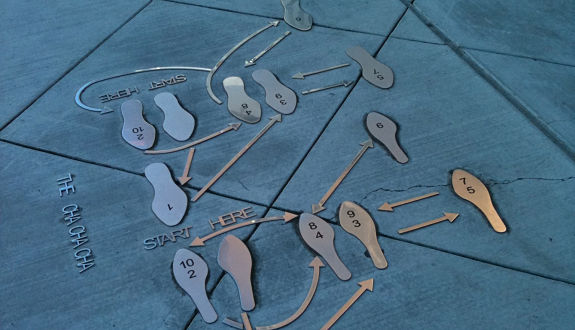How to Diagram Conditional Statements
- by
- Apr 21, 2016
- Advice on Logical Reasoning, LSAT
- Reviewed by: Matt Riley


Note: As of August 2024, the LSAT will no longer have a Logic Games Section. The June 2024 exam will be the final LSAT with Logic Games. Learn more about the change here.
Conditional logic can be found all over the LSAT, from Logical Reasoning to Logic Games and even occasionally in Reading Comprehension sections; therefore, understanding conditional statements and how they work is key to doing well on the LSAT. I could write a book on the ins and outs of conditional reasoning – heck, Blueprint LSAT Prep devotes several lessons to it in our course – but for now, I’ll give you a run-down of the basics.
Here’s an example of a very simple conditional statement:
If you are an LSAT instructor, then you are good-looking.
Here’s how we’d diagram that statement (using abbreviations, to save yourself time and hand-strain):
LSAT → GL
From this conditional statement, you know that every single LSAT instructor is attractive. (And I mean, have you seen us?) If I tell you that my friend Bob is an LSAT instructor, without even having seen Bob, you would know that he’s definitely a good-looking guy.
But the fun doesn’t stop there, because we can make additional inferences from that single statement. Let’s think about what else we might be able to figure out. What if we try reversing it, like so:
GL → LSAT
Now it reads “If you are good-looking, then you are an LSAT instructor.” Does that follow logically from our original premise, that all LSAT instructors are good looking?
The answer, as you probably guessed, is no. Although we know every LSAT instructor is attractive, that means there could still be attractive people who are not LSAT instructors. For instance, I won’t be holding my breath to see a video of Bradley Cooper teaching an LSAT Logic Game. So, now we know that the arrow exists for a reason – conditional statements only work in one direction. The first condition guarantees the second, but not the other way around.
Okay, so what if we try to negate both sides of the statement, like so:
LSAT → GL
Now it reads “If you are not an LSAT instructor, you are not good-looking.” You may be thinking “Hey, wait a minute!” Luckily, this statement doesn’t follow logically either – although all LSAT instructors are good-looking, that doesn’t mean that people who aren’t LSAT instructors can’t also be good-looking. (There are a lot of double negatives in that sentence, but you feel me.)
Okay, so there’s one more option that we should try. Are you ready for this? ‘Cause it’s gonna get wild. What if we both reverse the statement and negate it? Now it reads:
GL → LSAT
Or, if you’re not good-looking, then you’re not an LSAT instructor. We already knew that every single LSAT instructor was definitely attractive; does that mean that anyone who is unattractice can’t be an LSAT instructor?
Ding ding ding! We have a winner! That’s what’s called the contrapositive of a conditional statement. It looks like this:
A → B
B → A
And it is the only other valid inference we can make from a single conditional statement. So, to recap, in order to take the contrapositive of a conditional statement, you reverse the terms AND negate both sides.
So maybe that seems a little complicated and annoying, but here’s why you need to know it. Let’s say you’re working through a Logical Reasoning “Must Be True” question, and from the stimulus, you’ve figured out that all roses have thorns. Perhaps there will be an answer choice that says just that, in which case you’re good to go. But often, the correct answer will be given in the form of the contrapositive (in this case, if it doesn’t have thorns, it’s not a rose).
And that’s only the tip of the iceberg – sometimes, you’ll need the contrapositive to make deductions in the stimulus, and you’ll also need it in Logic Games. But those, my friends, are topics for a different day. For now, let us know if you have any questions, and check out some of our other posts about conditional reasoning if you’re still confused.
Search the Blog

Free LSAT Practice Account
Sign up for a free Blueprint LSAT account and get access to a free trial of the Self-Paced Course and a free practice LSAT with a detailed score report, mind-blowing analytics, and explanatory videos.
Learn More
Popular Posts
-
logic games Game Over: LSAC Says Farewell to Logic Games
-
General LSAT Advice How to Get a 180 on the LSAT
-
Entertainment Revisiting Elle's LSAT Journey from Legally Blonde








